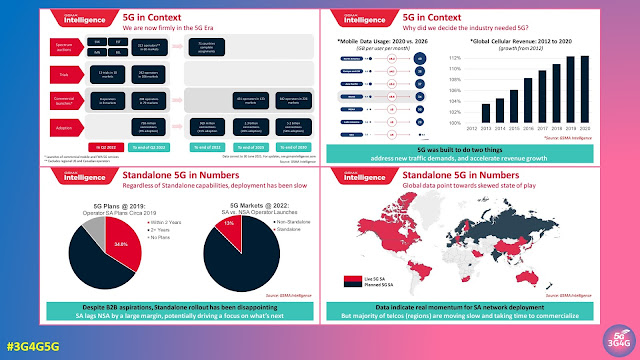As 5G matures, new icons are appearing on smartphones to distinguish faster or more advanced connections. Some of the latest 5G smartphones around the world have started showing new icons such as 5G+ and 5GA. Interestingly, in Japan these are referred to as pictograms.
A long time ago, we looked at how Swisscom described its 5G rollout as 5G-wide and 5G-fast. Today, Swisscom uses the 5G+ icon to represent what it previously called 5G-fast. In its annual report, Swisscom explained:
5G (and 5G+) is the latest generation of mobile technology. Compared to 3G and 4G, it provides even more capacity, very short response times, and higher bandwidths. 5G technology plays a major role in supporting the digitalisation of the Swiss economy and industry. Swisscom differentiates between 5G-fast (narrower coverage up to 2 Gbit/s and more) and 5G-wide (Switzerland-wide 5G coverage with up to 1 Gbit/s). 5G-fast is also known as 5G+. Both variants are more efficient than their predecessor technologies with respect to energy consumption and use of electromagnetic fields.
Japan has only recently transitioned to using 5G+. A Google-translated page from NTT Docomo explains it as follows:
In areas where 5G communication is possible, the RAT display on standby will be "5G." On the other hand, during communication, the RAT display will be "5G+" for 5G communication using wideband 5G frequencies (3.7 GHz, 4.5 GHz, 28 GHz), "5G" for 5G communication using 4G frequencies, and "4G+" for LTE communication.
There are also footnotes clarifying that the display depends on the device, the bands supported, and the area of use.
お、新しいiPhone
— 電波やくざ (@denpa893) September 19, 2025
auだと5G+ピクトとHPUE対応か
いいぞ pic.twitter.com/U0J7FWlo1w
From this, my understanding is that in newer devices the 5G+ icon is primarily used to indicate speed and capability, regardless of whether the connection is Standalone (SA) or Non-Standalone (NSA) 5G. KDDI is following the same approach, as explained on its own support pages.
A good summary of 5G icons from latest Apple iPhone in Mobile & Wireless Roundup Newsletter from yesterday https://t.co/4yuHzHsRln#Free5Gtraining #3G4G5G #5G #5Gtechnology #5Gdevices #Smartphones #iPhone #iOS18 #5Gicons #USA #ATT #Tmobile #Verizon #VZW pic.twitter.com/YOq7Pv42ZS
— Free 5G Training (@5Gtraining) September 30, 2024
Last year we looked at what iPhone icons meant. In iOS 18, 5G+ indicated that the phone was connected to mmWave. In iOS 19 this hasn’t really changed, although I have been told that it depends on the operator whether they choose to display 5G+ when the device is camped on higher-speed mid-band 5G.
Samsung Galaxy smartphones display two or three types of icons, as shown in the picture at the top. While the meanings are not entirely clear, Samsung’s user guide for Android 15 explains them as:
- Filled square: “5G network connected”, which I interpret as being connected to a 5G Standalone network.
- Transparent or outlined square: “LTE network connected in LTE network that includes the 5G network.”, which I interpret as 5G NSA.
- I did not find a reference to the unboxed 5G icon in this manual.
Finally, the OnePlus 13 in India has started displaying the 5GA icon. Since Jio only operates a 5G Standalone network, it is possible they have upgraded the network and device to use the Release 18 ASN with some new features. This allows them to market it as 5G-Advanced, thereby justifying the 5GA icon.
If you have noticed something different in your country or region, or have another interpretation, I would love to hear more.
Related Posts:
- The 3G4G Blog: Displaying 5G Network Status Icon on Smartphones and Other Devices
- The 3G4G Blog: When does your 5G NSA Device Show 5G Icon?
- Operator Watch Blog: Swisscom launched 5G Fast and 5G Wide























